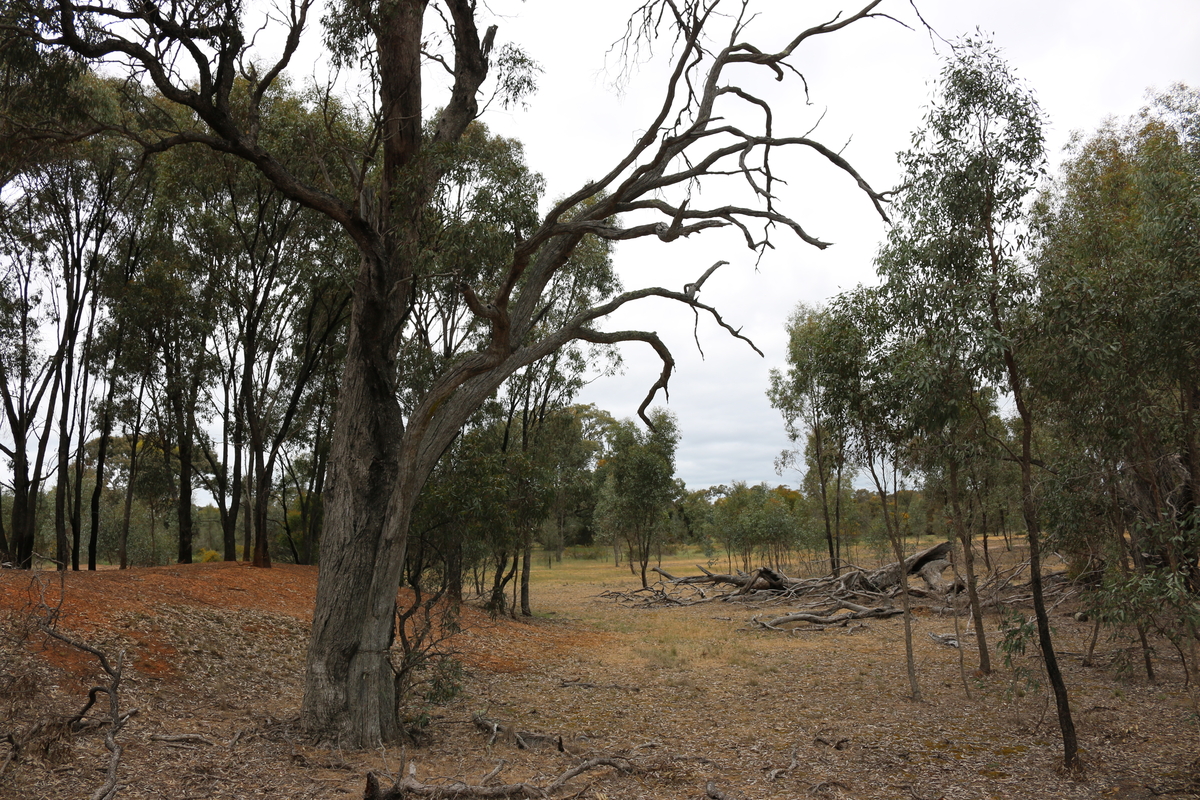The Clean Energy Finance Corporation (CEFC) was set up in 2012 with one mission: to help increase investment into clean energy opportunities with the potential to cut Australia’s emissions.
Created by the Australian Government, the CEFC essentially acts as Australia’s ‘green bank’, and helps finance clean energy projects and initiatives around the country, among many other green-thumbed things (with a whopping $10 billion at its disposal).
“No one individual can solve global warming,” says the CEFC’s Grace Tam, a sustainable investment specialist. “But everybody can do their bit. We’re working hard to increase investment in projects that can speed up our transition to a low-emissions economy.”
But what is a low-emissions economy?
In short: an economy that is less dependent on fossil fuels at every single touchpoint. The aim is to create an economy that can still support society, business and enterprise, but does so without having a negative impact on the planet.
Shifting to a low-emissions or low-carbon economy on a global scale would have untold benefits for current and future generations in the face of the climate crisis.
For many Australians, the day-to-day reality of living more sustainably currently means recycling, using less plastic, cycling instead of driving, divesting from institutions that still invest in fossil fuels, using a KeepCup and so on.
But a truly low-emissions economy would mean everything we do – from building a house, to buying a car, to taking shorter showers, to the weekly grocery shop – would be considered (and improved) through a low-emissions lens.
So what’s the CEFC got to do with the low-emission economy?
The CEFC is essentially the rarely-seen driver of Australia’s journey towards becoming a low-emissions economy. The average Australian likely hasn’t heard of it, yet it’s responsible for an enormous number of emissions reduction projects around the country, from farming to electric vehicles, waste recycling and innovative ‘cleantech’ start-ups.
“We’re financiers with a really clear focus on cutting greenhouse gas emissions,” says Tam. “We work with other organisations who have money, and encourage them to work with us on financing low emissions activities right across the economy.”
The CEFC has recently joined forces with Bank Australia, backing the Bank Australia Clean Energy Home Loan with up to $60 million in finance – providing reduced interest rates to energy-efficient mortgages under $1.5 million. It’s rewarding people for building (or buying) green, basically.
What else is part of this future economy?
So much!
In NSW, the CEFC has committed up to $265 million to Community Housing Providers to assist in the development of highly energy-efficient homes for low-income families – making sustainable living more accessible in the process.
The CEFC has also invested up to $185 million in build-to-rent projects to finance housing that meets strong sustainability standards and increases the availability of clean and green rental properties.
“People are smart, and there’s a lot of technology already at our disposal,” says Tam. “Our goal is to help make it easier for people to adopt those technologies; to switch their way of life to using sustainable technologies that are already available and can help them cut their carbon footprint.”
%2520(1).webp)







